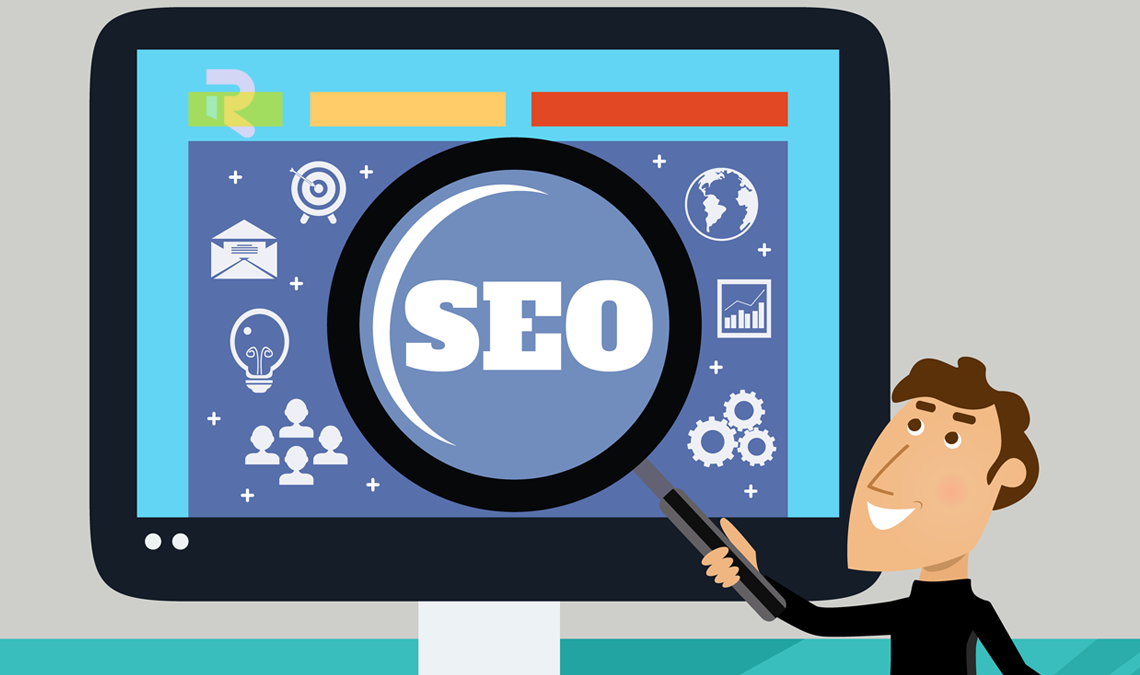Alt tags, or alternative text, play a vital role in optimizing images for both accessibility and search engine optimization (SEO). These descriptive tags provide textual descriptions of images, making them accessible to visually impaired users and improving the overall user experience. In addition, alt tags contribute to SEO by providing search engines with valuable information about the content of the image. In this comprehensive guide, we will explore the importance of alt tags, their impact on accessibility and SEO, and best practices for optimizing your website’s images with descriptive and keyword-rich alt tags.
Understanding Alt Tags and Their Significance
- What are alt tags and why are they important?
- The role of alt tags in improving accessibility for visually impaired users
- How alt tags contribute to image optimization for search engines
Writing Effective Alt Tags
- Best practices for creating descriptive and meaningful alt text
- Incorporating relevant keywords without keyword stuffing
- Tailoring alt tags for different types of images (e.g., product images, infographics)
Alt Tags and Accessibility Compliance
- The relationship between alt tags and web accessibility guidelines (WCAG)
- Ensuring alt tags accurately describe the content and purpose of images
- Testing and verifying alt tag effectiveness for screen reader compatibility
Alt Tags for SEO
- How alt tags contribute to image search optimization
- Leveraging alt tags to provide context and relevance to search engines
- Balancing user experience and SEO by optimizing alt tags
Optimizing Alt Tags for Responsive Images
- Adapting alt tags for different screen sizes and resolutions
- Using srcset and sizes attributes to provide alternative image options
- Ensuring alt tags remain accurate and descriptive across different image versions
Alt Tags for Social Media Sharing
- The impact of alt tags on image previews and descriptions in social media
- Optimizing alt tags for maximum visibility and engagement on social platforms
- Implementing open graph and Twitter card tags for better social media sharing
Common Mistakes to Avoid
- Leaving alt tags empty or using generic placeholders
- Keyword stuffing or using irrelevant alt tags
- Neglecting to update alt tags when images or website content changes
Conclusion
Optimizing images with descriptive and keyword-rich alt tags is essential for improving accessibility and SEO. By following the best practices outlined in this guide, you can ensure your website’s images are accessible to all users, provide valuable information to search engines, and enhance the overall user experience. Remember, alt tags not only benefit visually impaired users but also contribute to improved search engine rankings and increased organic traffic. Start implementing effective alt tags today and make your website more accessible and SEO-friendly.

